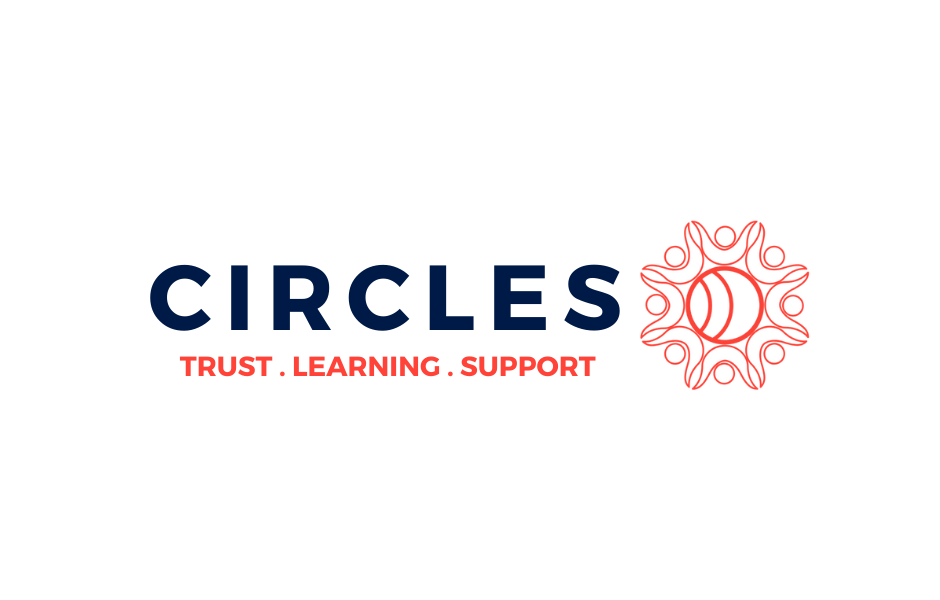Embrace the Green, Not the Wash: How Companies are Communicating on Social Good
Jill Schwartz
American Forests
Kyle Rudzinski
Levi Strauss & Co.
Kim House
Pottery Barn
Sam Arons
Lyft
Key Takeaways:
Best communications practices from the corporate world that can be applied to nonprofits and foundations.
Insights on what a foundation or nonprofit can expect when collaborating with a corporation on social good issues.
Insights into how to build internal support for social good-related communication strategies.
Slide Deck:
Breakout Notes:
The Sustainability Movement Background
86% Consumers believe companies should take a stand for environmental and social issues.
What the brands are doing in terms of supporting social good. Early on in The Communications Network, there was a focus on foundations and that led to the inclusion of non-profits and that now leads us to including companies into these social good conversations.
Much like Patagonia, who was an early adopter of purpose with profit, companies are catching on to minimizing their social footprint. Patagonia’s “Don’t Buy This Jacket” advertisement was one example of a successful campaign as well as the video (shown during the session) called Exploring Bears Ears Utah which became a political statement on their site.
Subaru also stepped into this conversation with their “dog” videos called their Love campaign.
Ben and Jerry’s relies heavily on natural resources like water and the climate, they created a video for awareness.
WeWork has a vegetarian campaign.
United Airlines stood up against DACA.
REI, Clif bars, Lyft commitment and Levi’s” waterless jeans”
The Panel then spoke on their specific companies experiences.
Kim talked briefly about Pottery Barn’s commitment to sustainability and the environment.
The additional panel member was from Lyft, head of their sustainability team and the company has a values based business plan.
Communicating from a Executive Standpoint
The first question posed was what are some considerations when communicating from a company standpoint?
Determine if it’s outcomes based. For example, Levis revamped their care tag for the planet campaign that when first launched, did not seem to create much of a buzz. They relaunched a “care tag” that explains how to care for their jeans but what is not said is that’s how you save the planet – by washing jeans less and washing cold, line dry. A great example of impact without being too obvious or heavy handed with the messaging.
Pottery Barn has been committed to sustainably grown cotton, making furniture in the US and with low VOCs and they’ve created a calendar messaging their manufacturers across the world who are sustainable farmers and sources.
Lyft believes it’s important to speak openly about their values and authentic discussions about transportation as a service. They offer a Ride to the Polls service for free.
Kyle discussed the challenges and importance of company’s creating trust because that allows for a real platform and a long term view.
Creating Authenticity
Pottery Barn has focused on safety, hand crafted, made to last that allows them to layer on their social responsibility values but customers don’t always care in the forefront for quality sustainably built items but if Pottery Barn can first create a quality product that is sustainable, then many customers will stick around as committed customers.
Lyft has been authentic about communicating and relies on ways to help folks get a ride, improved transportation methods, they offer relief rides for folks having to evacuate in natural disasters. The company is tied to this commitment of solving transportation issues.
Kyle showed Levi’s “Use Your Vote” youtube video.
Likewise, both Lyft and Levi’s works in the background with policy changes as well as the customer facing values that the company believes in.
Pottery Barn’s commitment to their global supply chain has led them to consider ways to find solutions to support their manufacturing locations to be sure to maintain sustainable practices.
Levi’s partners with nonprofits to gain expert advice, so that the knowledge base can expand. In a larger conversation, companies can gain much from these partnerships and not only do these partnerships provide knowledge but stories and storytelling.
These notes were captured by The Communications Network and have been reviewed by the presenters. ComNet18 Breakout Session notes were made possible thanks to the generous support of the Kalliopeia Foundation.



